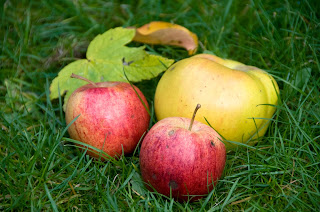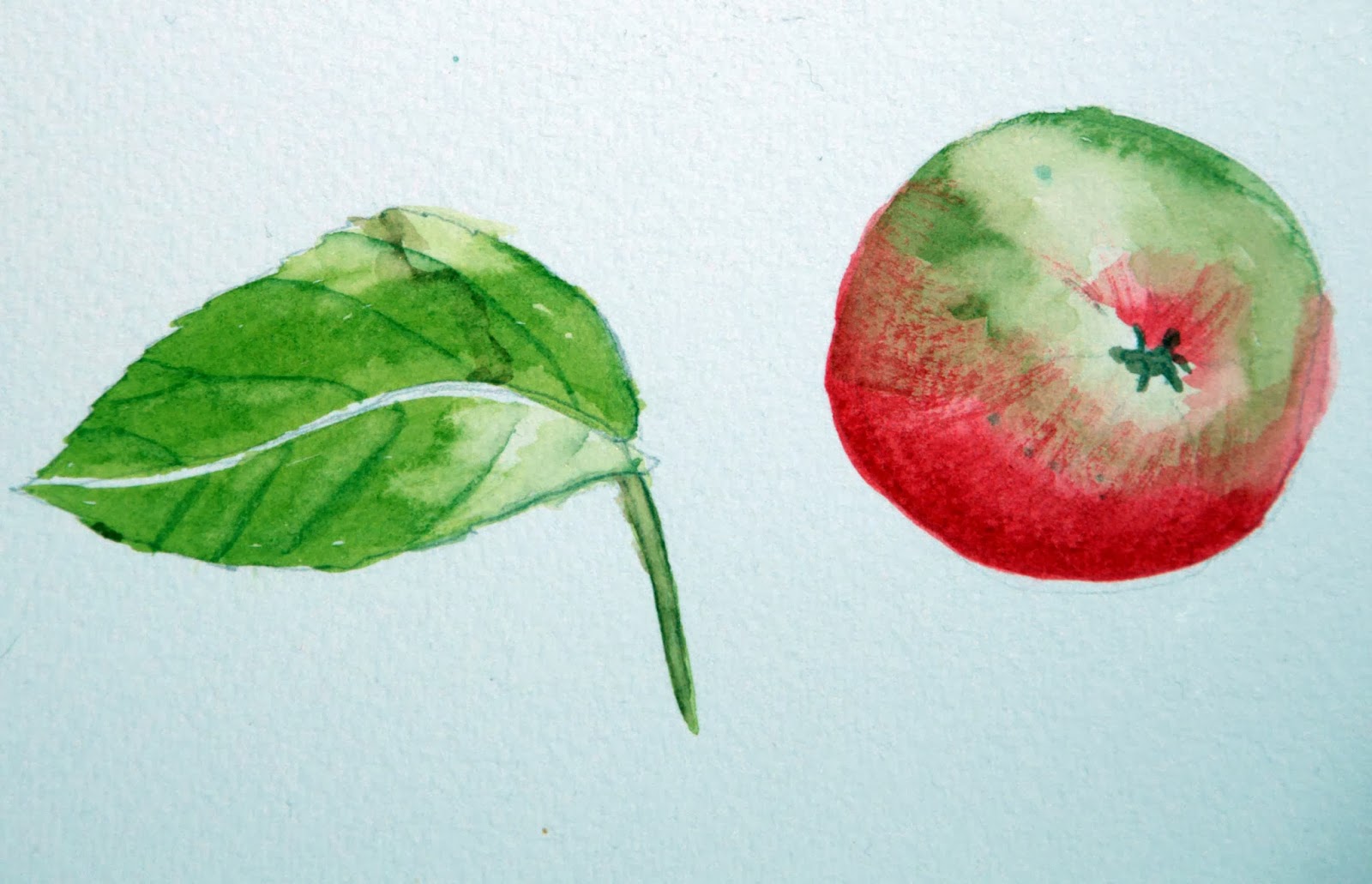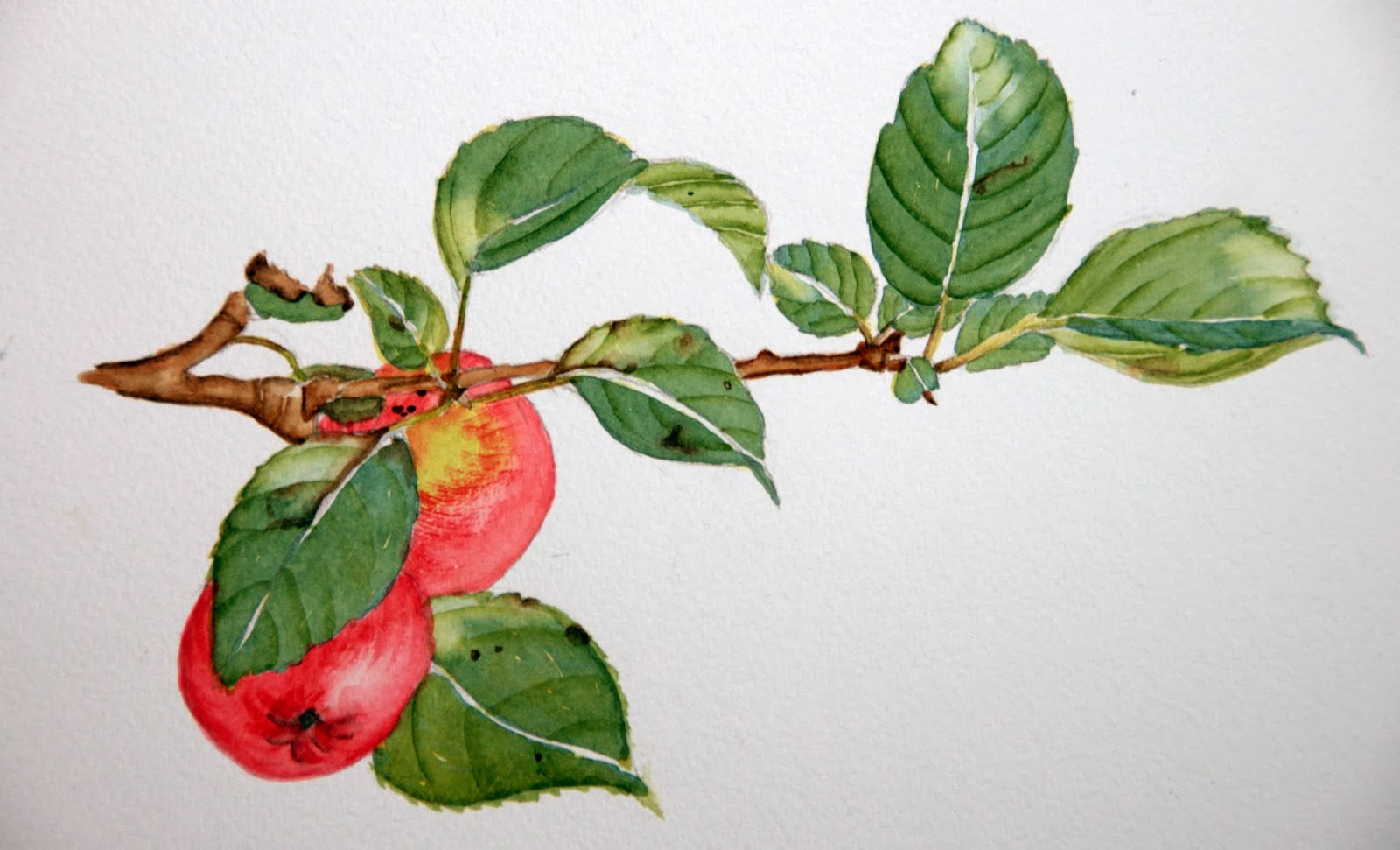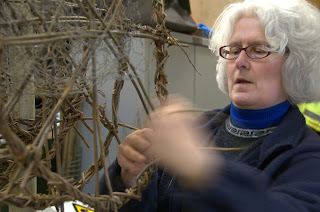Weeks ago, Nick suggested I come in on a rainy day to the garden as there was lots of seed cleaning going on in the potting shed. Then it didn’t rain for three weeks. Defeated by the glorious Autumn weather we’ve had, I phoned Froggie, and asked whether I could come in to learn about seed washing…yes, that’s right, I said “washing”. I’m such an amateur! However, Froggie was kind and refrained from laughing at me and just said, “we don’t really wash the seeds unless they have a particularly fleshy covering”.
We arranged a time for me to come in and, as it happened, it was yet another glorious sunny day. While this made for a nice bicycle commute for me, it meant that the volunteer gardeners were all out in the garden so I would be having an individual, hands-on learning experience with respect to seed cleaning.
So many envelopes
As Froggie and I entered the potting shed, she took me immediately over to a bench lined with trays in which rows of envelopes were stacked up. On the outside of each envelope is written the plant’s latin name, the family name, the year the seed was collected, which collection the plant is from, the accession number and a number that corresponds with its numbered listing in the Garden’s Index Seminum. This is a catalogue of the seeds and spores that have been collected in association with the University of Bristol Botanic Garden. This catalogue goes out annually to the Friends of the Garden, other Botanic Gardens and research institutes. Requests can be made for small quantities of seed for the purposes of research, breeding, conservation and education, or by members of the Friends of the Garden (subject to certain conditions).
The Garden likes to keep three years worth of seeds, but obviously different seeds have different storage potential. Some species, such as those in the Apiaceae family, which includes celery and parsnips, are generally only viable for a year, while other seeds have been found in archaeological digs that are estimated to be thousands of years old and have remained viable (see the 2,000 year old Judean date palm as an example).
 |
| Separating the seeds of Salvia forsskaolii. |
“We’ll keep back older years from groups such as the cereals, oats and wheat, as well as beans and peas,” said Froggie, “as they will likely remain viable and it’s good to have a reserve.”
Froggie explains that with the Garden’s involvement in the Seeds of Change project, there are even more demands on their seed stores. Though schools and community groups are encouraged to collect their own seed, the Botanic Garden is sending out lots of seed to start the projects off or replenish projects where collection efforts haven’t been successful.
In the little office at the back of the potting shed there are even more trays of seeds. This is where the staff compile all the seeds that go on the Botanic Garden’s annual seed list. Now having a sense of what the end product looks like, I sense that Froggie is about to show me how much work goes into filling each of these envelopes…
Separating the seed from the chaff
 |
| Pouring the Salvia seeds into a sieve to get rid of the chaff. |
I’m shown yet more trays of envelopes – but much bigger envelopes this time – many with stems poking out the top. The gardening staff and volunteers have collected the seed heads and placed them in these envelopes ready for cleaning and this is where the work begins. Froggie picks out the first envelope, it’s Salvia forsskaolii, commonly known as Indigo woodland sage.
We sit at the table, each with a white tray nestled within a larger black tray, which I assume is to collect the seeds that catapult out beyond the borders of my white tray. Froggie doles out a few sprigs of dried plant and shows me that the best technique for this particular plant is a simple flick of the seed head to help release the seeds. I flick and my white tray is scattered in small black seeds. Easy.
With the larger unwanted bits removed, we now pour our tray contents into a sieve to clean the seeds of any smaller bits. The clean seed is then poured into a smaller envelope that is placed back into the big envelope with the remaining plant material that is yet to be cleaned. When all the plant material has been worked, Froggie will then process the seed envelope, doing and final quality control check on the seed and making sure all the information is clearly written on the envelope.
 |
| Nigella damascena before we begin to collect the seed. |
We wipe down our trays and spray an anti-static spray to ensure there is no contamination as we move on to our next species – Nigella damascena. This too requires a tapping method, though some persistent seeds need to be squeezed out. There are numerous implements on the table for crushing plant material to get at the seed, but Froggies says they try to discourage crushing as much as possible as it makes for a lot of fine chaff that is difficult to separate out later.
As we work, Froggie fields questions from the volunteer gardeners who are looking for equipment or just confirming that what they’re doing is right. As we work, Froggie relays a few stories about misguided efforts of volunteers – stories of pruning gone awry or cutting back incorrect species – she chuckles about it all and has an ‘it all grows back’ sort of attitude about it. I know Froggie no doubt has a million other things she needs to be doing, but she gives me her full attention and focus and makes me feel as though she has all the time in the world for me. She creates a calming atmosphere, which no doubt comes in very handy when coordinating the efforts of so many volunteer gardeners and teaching new skills.
 |
| What my tray looks like after I’ve removed the Nigella seeds from the seed heads. |
There is quite a bit of fine material mixed in with the Nigella seeds and so Froggie introduces me to another technique for separating seed from chaff. She takes some newspaper and folds it in half and pours seed and fine chaff together onto the paper. Then with a motion not dissimilar from a chef tossing almonds in a skillet, she carefully tosses the seeds in the paper. The fine, lightweight chaff moves to the top of the crease in the paper, while the heavier seeds move down. She can then simply give a very gentle blow to get rid of the chaff off the top of the paper. In the end she’s left with just the clean seeds.
We start on the last one – Avena orientalis – a grass. For this seed you hold the spikelet in one hand and flick the seed out. This particular species has a lovely dark seed, so it is very clear when you’ve got it all separated.
 |
| Froggie uses newspaper to separate the lightweight chaff from the heavier Nigella seeds. |
Not all the seed cleaning is this easy. There are dust masks as some can be particularly dusty – but the staff tend to do the really nasty seed cleaning themselves, letting volunteers do the easier ones. If this were a rainy day, there would be volunteers everywhere working on this and having a good old chat.
Looking at the stacks of envelopes, I ask Froggie when seed cleaning needs to be finished.
“We need it all complete by February at the latest,” Froggie replies. “The seed list goes out in February and people will start to put requests in. We also start sowing at the end of February, beginning of March.”
Checking the lists

Cleaned Avena orientalis seeds with the
lighter leftover spikelets in the background.

lighter leftover spikelets in the background.
In many of my excursions to the garden, the staff have introduced me to the many lists that they keep. There is a seed sowing list, a putting the garden to bed list, and now, I have seen the seed collecting list. This is where the staff make notes against each species – for example, if a plant was too small or late to come into flower. These notes are kept year to year and so if a species is less productive in one area of the garden than another or from one year to the next, all of this information is captured.
“The list is never finished,” says Froggie. “I will just update it when something else changes.”
In years where they are unable to collect seed for a particular species, they draw upon their reserves from previous year so that it can remain on the seed list. Annuals tend to be a priority, but also shrubs. The Garden works hard to insure that there is variety on the seed list.
As a member of the Friends of the Garden myself, I now look forward to receiving the seed list next year and I will have a much better appreciation of the work that goes into collecting the seeds for each of the nearly 200 species listed.
















